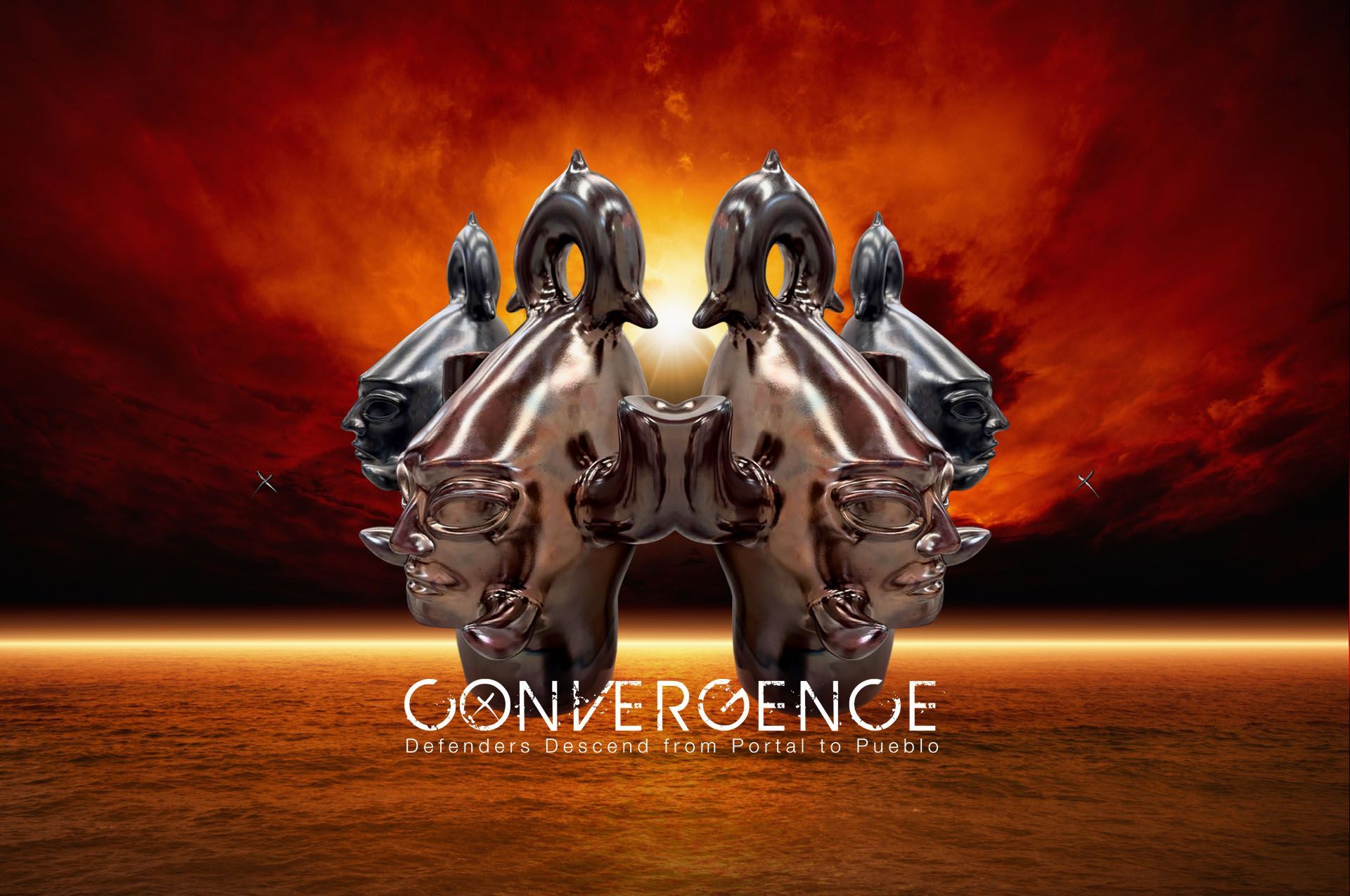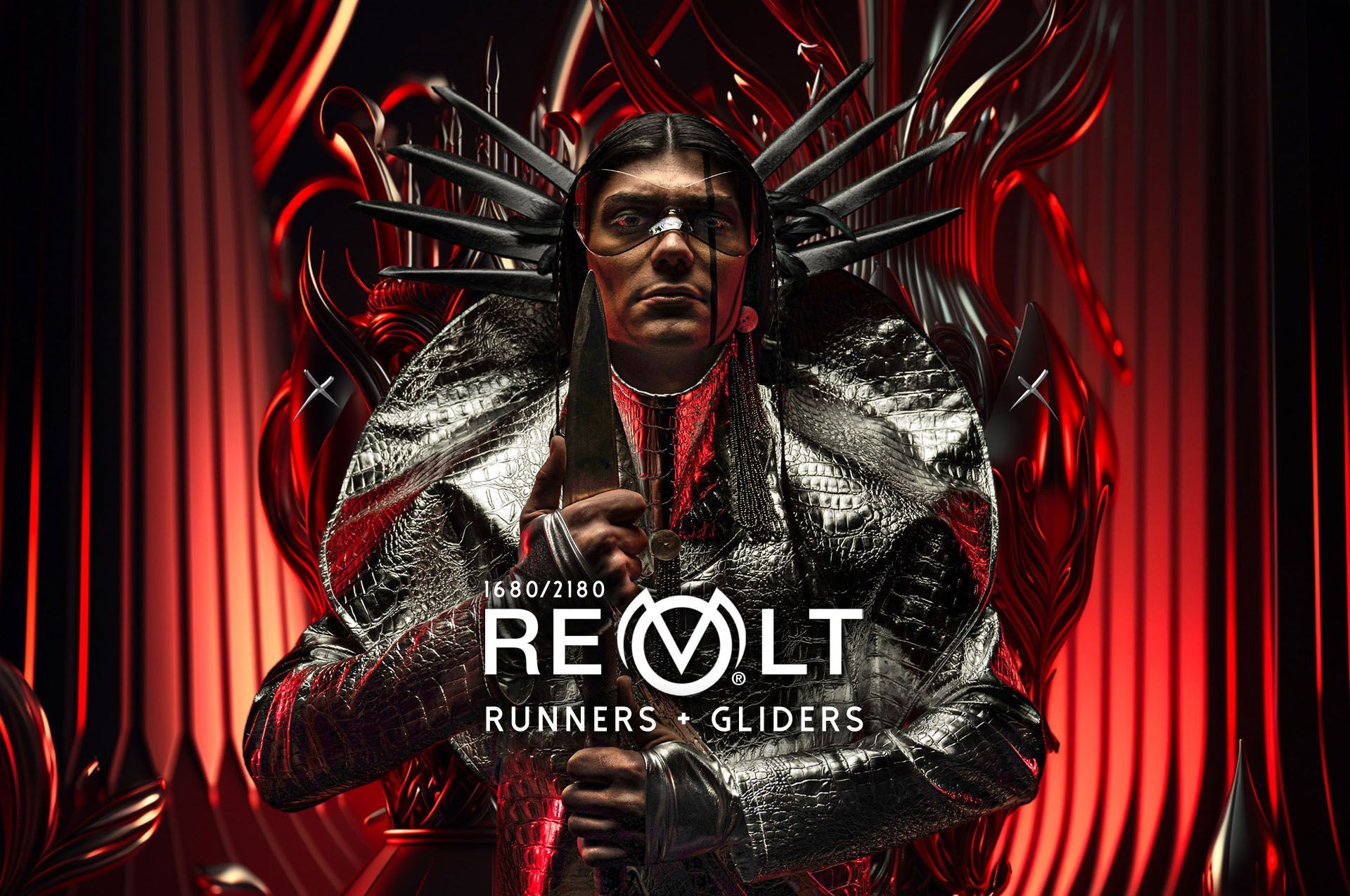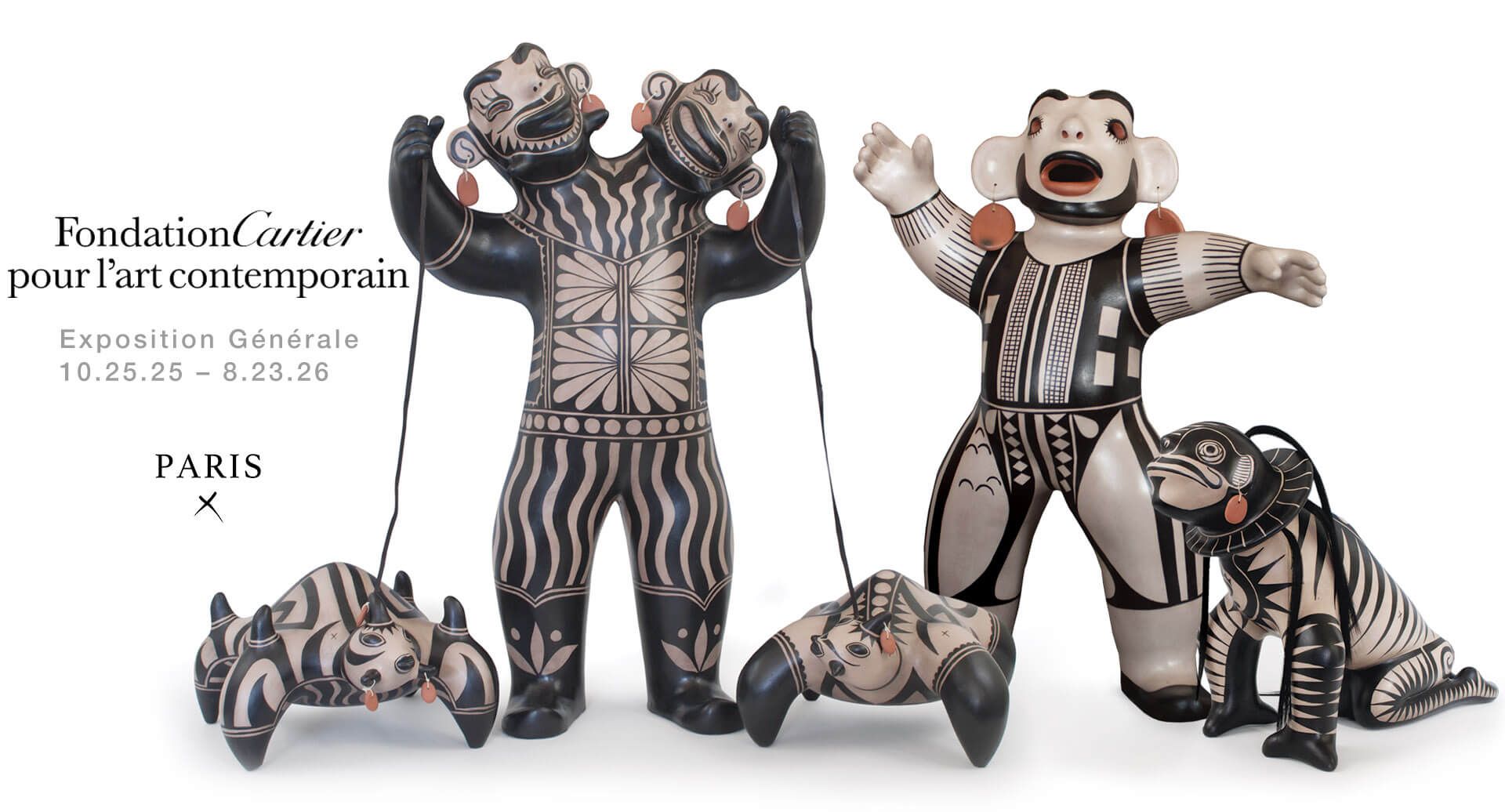
A parade of people in elaborate, exaggerated dress and masks obscuring their faces parade into a sacred temple many millennia old, united by an incantation about aiming to transcend this mortal coil. Could be an ancient rite — or if legendary multi-hyphenate artist Nona Hendryx and her band of collaborators have anything to do with it, just another Saturday night at the Metropolitan Museum of Art in New York.
The incantation in question was Sun Ra’s 1960 composition “Rocket Number Nine,” the temple was the Met’s Temple of Dendur, and the parade featured Hendryx and an ensemble of musicians and dancers — all combined to connect the New York landmark with something at least conceptually aligned with the kinds of rituals it might have housed in its original Egyptian home. “Nona Hendryx and Disciples of Sun Ra in the Temple” was planned by Hendryx as part of Harlem Stage’s yearlong series, “The Cosmic Synthesis of Sun Ra and Afrofuturism,” of which she is the artistic director.
The ambitious, immersive performance featured polished (but not too polished) versions of classic Sun Ra compositions like “Space Is The Place,” “When There Is No Sun” and “Enlightenment” as the centerpiece of a multimedia conceptual journey, from the kaleidoscopic lights projected onto the ancient temple to the fittingly space-age, gender-bending, avant-garde costumes designed by Cochiti artist Virgil Ortiz to even a metallic, sculptural treatment on the mic stands. “Living sculptures,” as Hendryx referred to the dancers,” performed not onstage but around the audience in the aisles. No detail was left unexamined, fitting given Sun Ra’s long history of high-concept performances — today, the Sun Ra Arkestra still performs in full Afrofuturist regalia.
Hendryx first saw Sun Ra in the late 1960s, when he had relocated from New York to Philadelphia just as Patti LaBelle and the Bluebelles were transforming from, as she puts it, a “girl group,” into the more experimental LaBelle — who themselves eventually adopted elements of Afrofuturism both in their costumes and their songs, which were mostly written by Hendryx.
“It was really considered this odd, cult-like, singular musical space,” Hendryx told Billboard of the Arkestra’s reputation at that time. “I was intrigued by it and wanted to know more, so I saw the Arkestra play in a small club in Philadelphia. I was floored.”
Hendryx has remained connected to Sun Ra and the experimental, Afrofuturist music scene throughout her career, even making an album with Kahil El’Zabar (an alumnus of Chicago avant-garde institution the Association for the Advancement of Creative Musicians) in 2011. It made her a natural choice to helm Harlem Stage’s Afrofuturist series, which includes movie screenings, speculative fiction workshops and performances by up-and-coming experimentalists like Moor Mother and Black Quantum Futurism, whom Hendryx sees as the heirs to the Afrofuturist tradition.
“They’re also out of Philadelphia — which is interesting, you know?” she says. “Two young Black women who have totally embraced quantum theory Afrofuturism, not just from a musical perspective but with the knowledge of who we are, and what we do here in the time that we’re here, and … what is time and what does it mean to you?”
It was easy to consider those big questions during the hour-and-a-half long performance, where the music — managed beautifully by Arkestra alum and trombone player Craig Harris — seamlessly moved through hard bop and hip-hop, reggae and rock, the concept superseding any notions of genre orthodoxy. “The way I would describe myself most is a purveyor of funk,” Hendryx says. “Like Sun Ra, mashing it all up to create something that is me.” As her rich alto echoed alongside various glitchy synths and campy space sounds in the storied space, travelling skyward didn’t seem so far-fetched — the band themselves could be seen reflected in the Temple’s enormous slanting panes, playing among the stars.
Dancer Jaime Rodney as Thoth, God of magic, wisdom, and the moon.
Hendryx answered a few more questions about the series a few days prior to the performance.
When did you start to get into Afrofuturism?
I think it was the late ’60s into the ’70s for me. A lot of the people I was engaging with were poets and writers in New York — people who were exploring the African experience and diaspora, like the Last Poets and Nikki Giovanni. Having conversations with Alvin Ailey, Ellis Haizlip (who created the TV show Soul!)… they were very progressive in their thinking, but also very connected to their African roots. There was so much going on at that time, so much exploration of music, pushing boundaries — people were just exploring like mad. It was a ripe time.
What made you want to take on this project?
So that I could correct the lack of understanding that everything comes out of Africa, as far as we know – breaking those gaps between the African, the Egyptian, the Indigenous people of the Americas. That is all really part of Afrofuturism. Afrofuturism has always been, and is always evolving.
This series is paying tribute to a specific tradition, but Afrofuturism is (of course) about looking forward and back at once. What does it mean to you that when people look back at your work with LaBelle now, they see it as ahead of its time?
I’m much more interested in creating the next thing — being able to really engage with young people and pass on what it is that I’ve been able to evolve over time. Beyond the music, helping them understand that there’s a legacy to know and own and be responsible for — to tell them that whatever LaBelle has meant to culture, if Black people don’t take it and own it as part of our culture than somebody else will. That’s what’s important to me. By Natalie Weiner Billboard.com.








